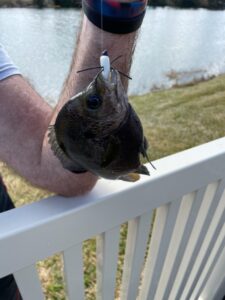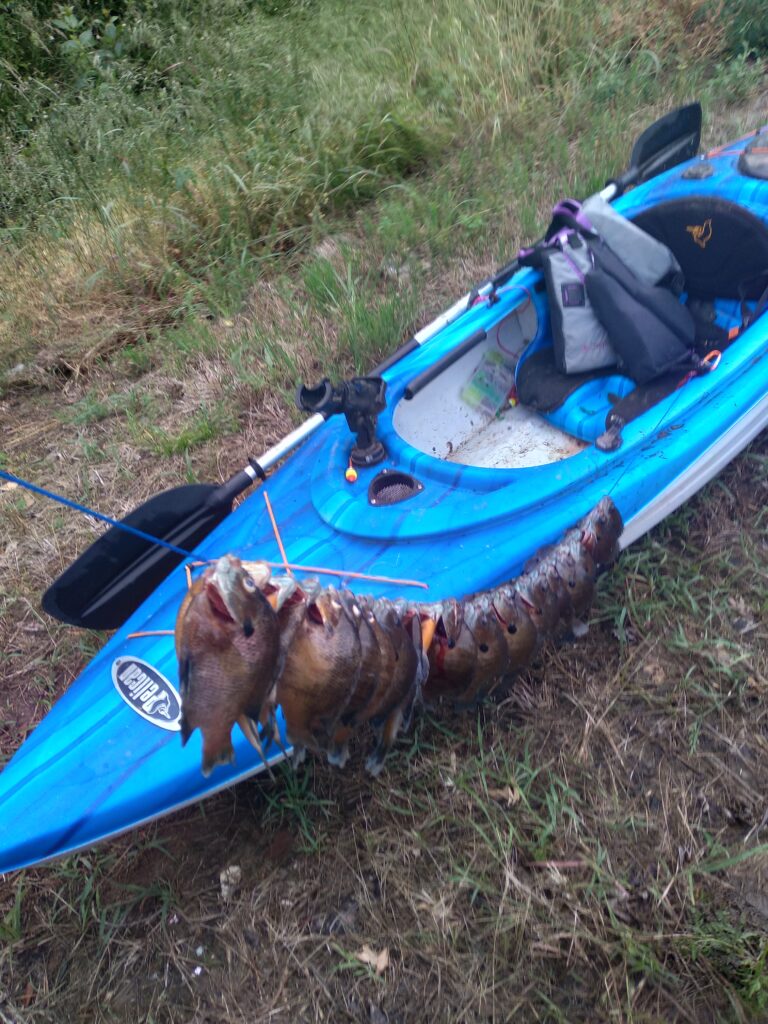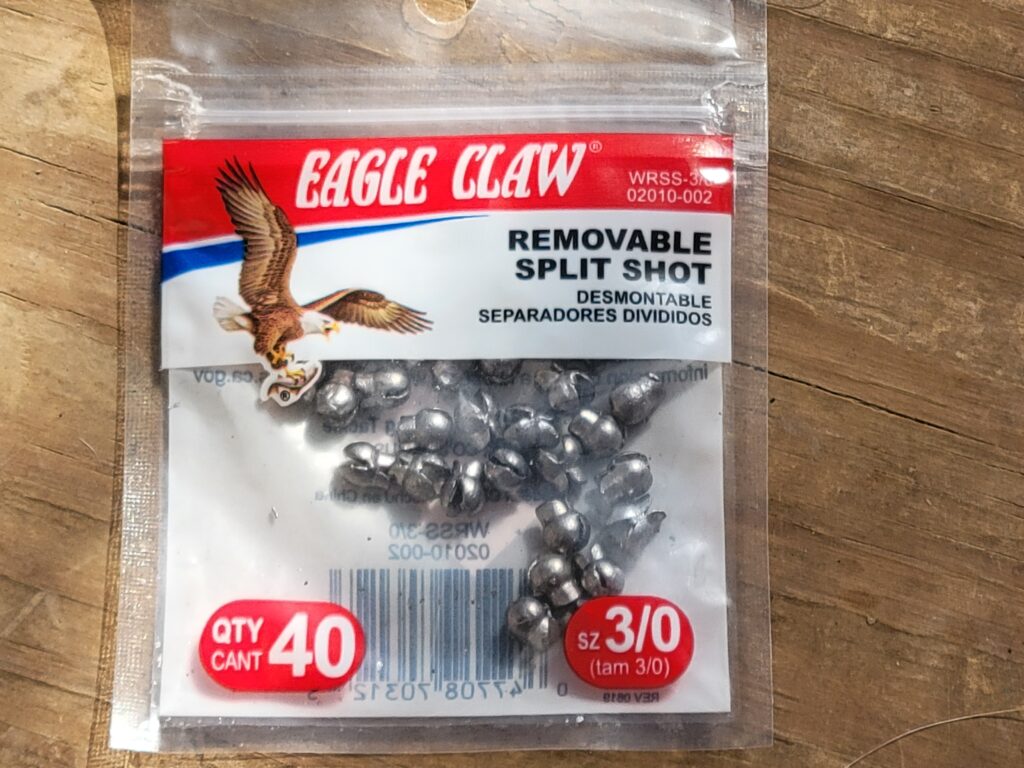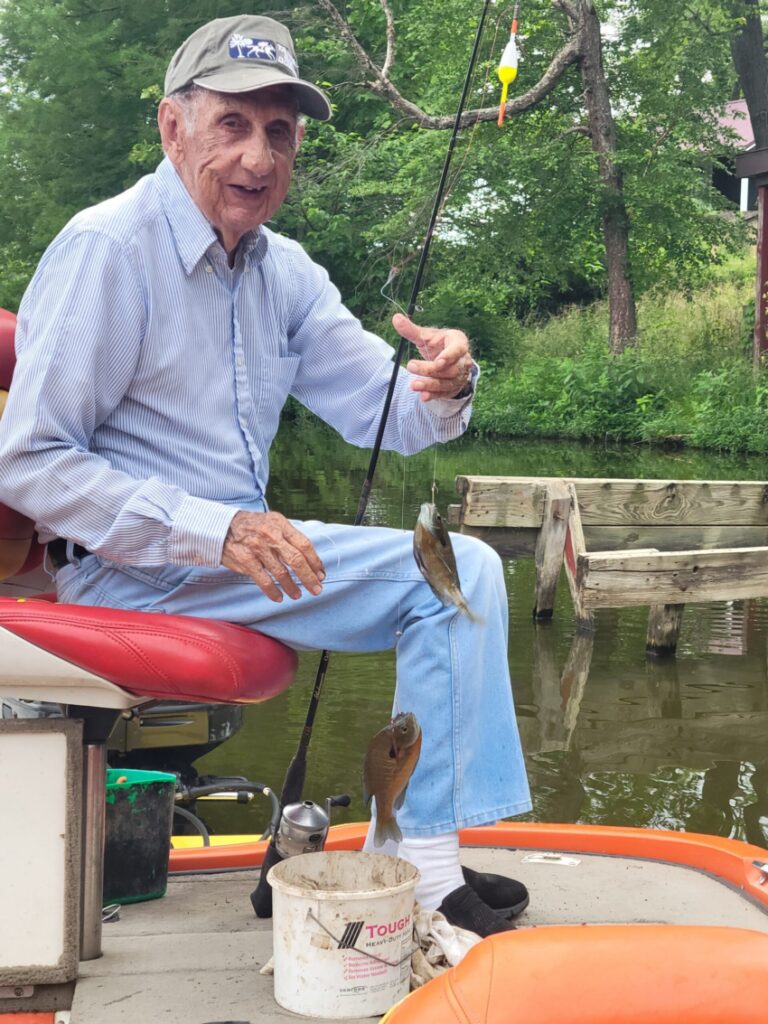Bluegill
The Complete Guide On Coppernose Bluegill
Coppernose Bluegill Are A Subspecies Of Bluegill
If you live in Florida then you have access to a variety of species of bluegill, whether it be hybrids, redear sunfish, or the amazing, fast growing coppernose bluegill!
If you’re visiting from another state and you hook one, you likely won’t be positive of what it is when you first pull it ashore. It’s a tough fighter! The male coppernose is darker than the more common northern bluegill, and the female coppernoses have well defined lateral lines.
Coppernose Bluegill Make Great Pond Starting Fish
Bluegill are amazing fish to add to a pond as they are a complete balance to an ecosystem. They feed off microplanktons, insects, and water bugs while providing food for larger fish, turtles, snakes, and birds.
Coppernose bluegill feed more often to sustain their fast-growing bodies and pond owners should consider using a pelleted food to supplement the fish’s diet and continue growing the trophy fish.
When It Comes To Breeding Coppernose Bluegill Stay In Line With Other Bluegill Species
If you understand the bluegill spawn, you should have little to no issues catching Coppernose bluegill. They start spawning once water temperatures sustain the low seventies and can continue spawning throughout the year until temperatures begin to fall from those comfortable levels.
Leaving the larger males behind when caught is vital to not only maintaining a balanced population, but also increase your average size of catches for future years!
Catching Coppernose Bluegill Is Easy!
Post spawn, they continue to feed aggressively and will roam the banks in search of food to recover from the mating task.

With a veracious appetite coppernose bluegill are easily harvested on both live bait and artificial. When throwing live baits stick to baits that are more native to your area. If down in Florida, grass shrimp and crickets make excellent decisions. Grubs, meal worms, and red wigglers will also work great pretty much anywhere else.
As for artificial, I use the Phyllis Bluegill Bug, as I think it’s the best artificial bluegill bait lure available!
Coppernose Bluegill Are Delicious!
There are few things better than a plate full of fried bluegill with hushpuppies! Coppernose bluegill grow much faster than the traditional bluegill and can fill a pan quicker. You will only need about sixty-six percent of the traditional bluegill in fillet size when it comes to serving up coppernose bluegill!
Their meat is white and flakey and can also be baked, grilled, or broiled!
Conclusion
Bluegill are the most popular fish in america. With over a dozen set of subspecies and hybrids, they can be located in every waterway in America.
The coppernose bluegill is the fastest growing, non-hybrid species available. They make great pond stockers, are easy to catch and absolutely delicious!





